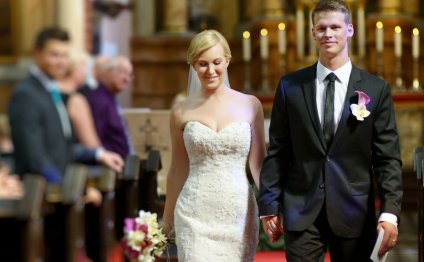
Weddings in England
Oxford University demographer John Haskey has actually charted a brief history of wedding since early Victorian times by examining datasets looking at the types of solemnisation and denomination in England and Wales. He finds the rapid boost in marriages in Approved Premises in the last twenty years is just one of the quickest changes observed during the last 170 many years. Before Act came into result, many very first marriages for both partners had been spiritual ceremonies. In 2012, however, 70per cent of all weddings had been civil marriages, with 85percent of these in Approved Premises, and spiritual marriages lagged behind at 30per cent – the tiniest proportion recorded since nationwide wedding registration began in 1837. In 2012, 85per cent of civil marriages had been in Approved Premises, such as for example hotels, castles, stately houses or recreations and leisure centers.
The Marriage Act 1994 exposed numerous premises permitted by neighborhood authorities for municipal marriages. ‘Approved Premises’, included motels, castles, stately houses or activities and leisure centers. The changes in the Act meant partners had been not restricted to keeping their civil marriage ceremony at a Register workplace also could get married outside their area of residence. Haskey claims these two extensions of municipal relationship are perhaps the most crucial development in civil wedding because it was first introduced in 1837.
In 1995/96 (within the first 21 months associated with Marriage Act), just 3per cent of very first marriages both for partners had been solemnised in Approved Premises, with 60percent of first timers choosing spiritual ceremonies and 36per cent having join Office marriages. But by 2011, 53per cent of first marriages had been in Approved Premises, 37percent opted for a church wedding ceremony and 10percent were hitched in a Register workplace.
The study shows that in the past, the previous marital status associated with the partners played a significant role in in which marriages were, or could possibly be, solemnised, and some extent still does. Until 1996, the trend in proportion of religious marriages follows nearly precisely compared to very first marriages; and civil marriages those of remarriages concerning a divorced companion.
John Haskey, senior researcher in the division of Social plan and Intervention, commented: ‘The development in marriages in Approved Premises features mainly been at the expense of spiritual marriages – as well as, to some degree, of Register Office marriages. Although the change in what the law states permitting partners to marry in Approved Premises quickened the fall in standard chapel weddings, the decline had already started in the 1970s – the start of a period of huge social upheaval. Ever since then there has been huge changes in sexual and cooperation behaviour, with rates of separation and divorce, cohabitation, pre-marital cohabitation and births outside wedding all increasing dramatically. As Well As developing secularisation, these factors probably reinforced the trend towards civil marriage.’
Haskey points out the the greater part of Muslims and Sikhs just who marry under English legislation have actually a municipal relationship, that could be followed by a spiritual ceremony inside their mosque or temple. National data on spiritual ceremonies conducted following the legal marriage has-been solemnised aren't collected. At wedding registration, only the trust and denomination for which a married relationship is solemnised are recorded, perhaps not the faith or denomination regarding the spouses.
The styles in-marriage in the different denominations are reviewed in Haskey’s study. The percentage of remarriages after separation and divorce is specially large amongst marriages inside Methodist and United Reformed Churches (as well as in civil marriages), and comparatively lower in marriages inside Church of The united kingdomt and Church in Wales.
The research demonstrates that after 1972, the full total wide range of marriages dropped, nearly entirely because of the decline in religious marriages. From 1976 until 1987 the yearly variety of spiritual and municipal marriages were about equal. Since 1987, how many civil marriages has remained continual, but spiritual marriages have actually continued to decrease, significantly more than halving between 1987 and 2012.
The percentage of municipal marriages rose rapidly during the 1960s, and during the early 1970s, with regards to had been partially fuelled by reforms into separation and divorce law which permitted divorce proceedings on new foundation of separation. During the 1970s, the percentage of all of the marriages concerning a partner who had been formerly separated more than doubled from 14per cent to 31%.
Mr Haskey is one of a group of leading scholars who possess added to a new guide entitled Marriage Rites and Rights, to be posted by Hart Publishing in August 2015.
RELATED VIDEO



Share this Post
Related posts
Barn Weddings in New England
Surrounded by lush yearly and perennial gardens, some ponds, and our certified organic veggie home gardens, the Round Barn…
Read MoreWedding traditions in England
With dictionary look-up. Dual click on any term for the meaning. This section is within advanced level English and is just…
Read More










